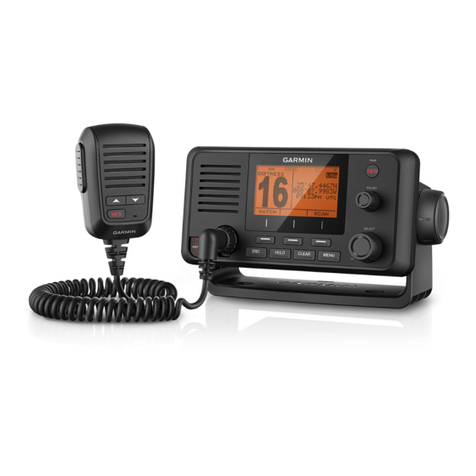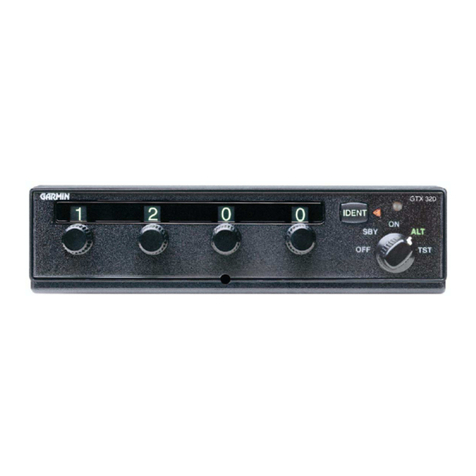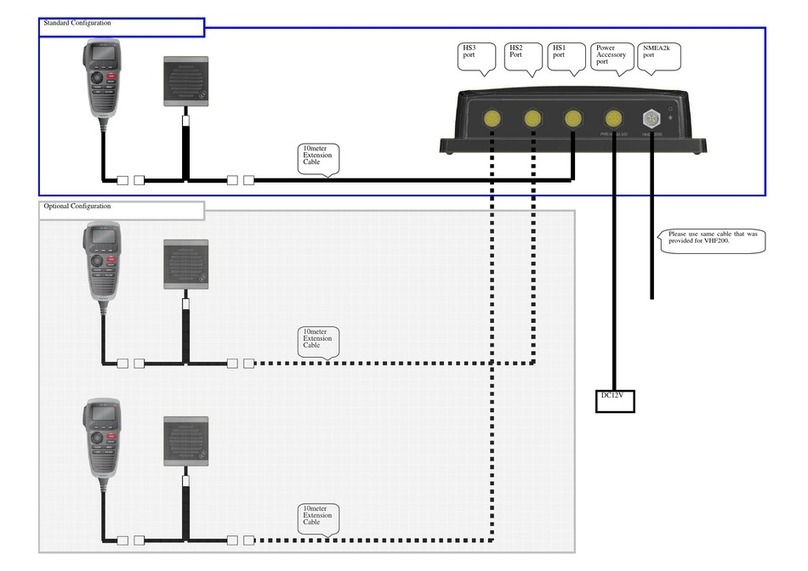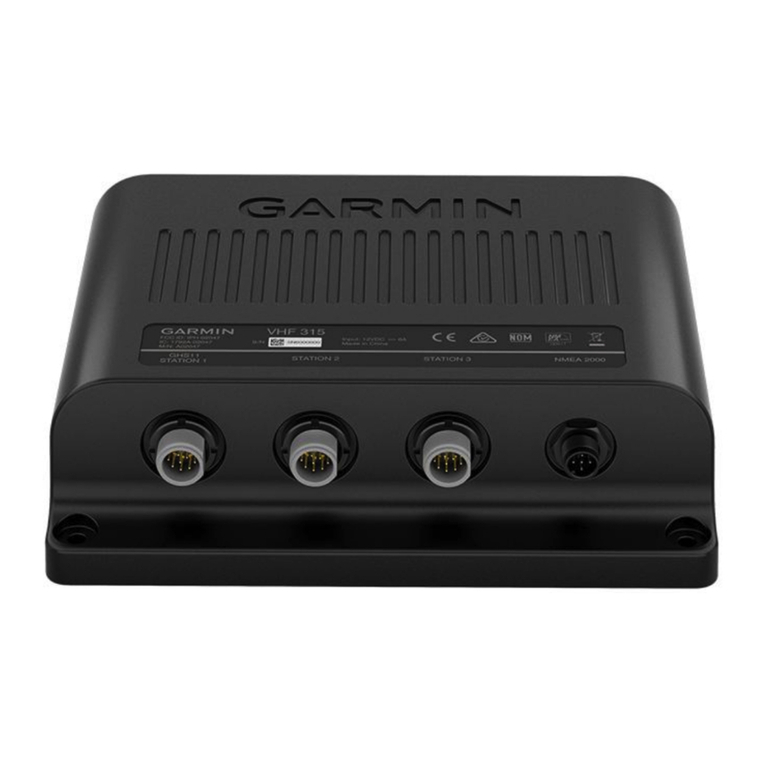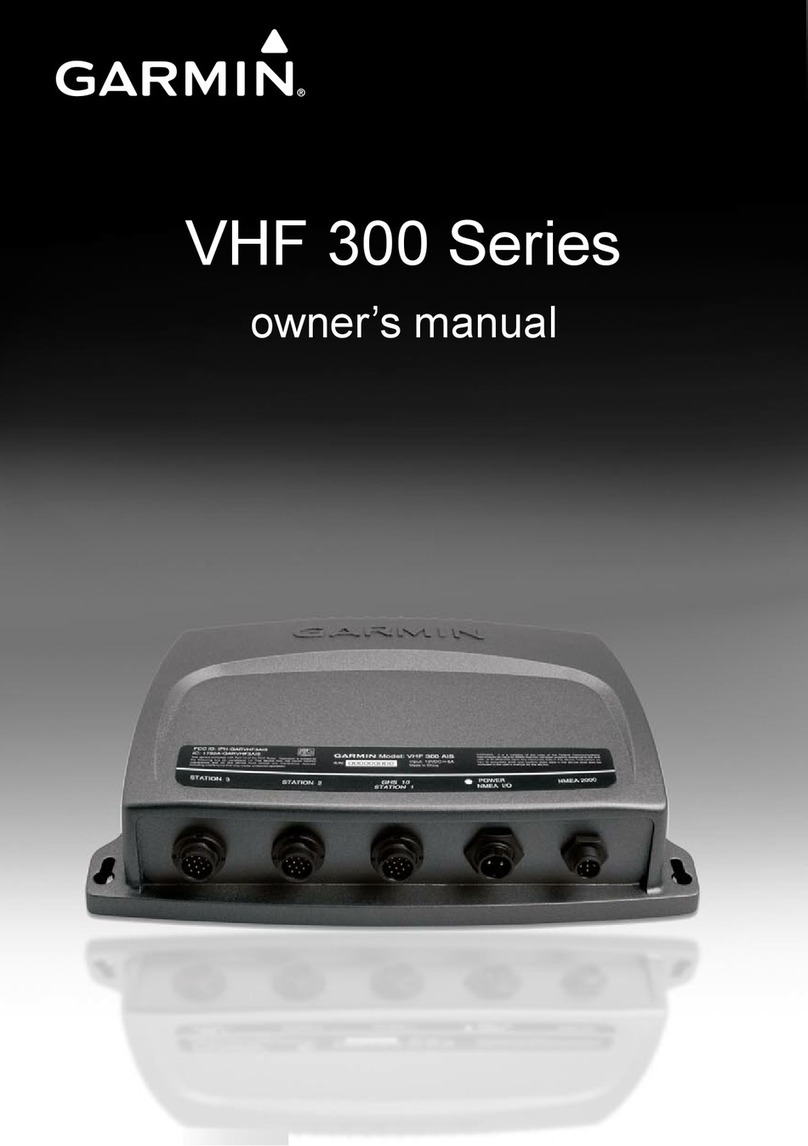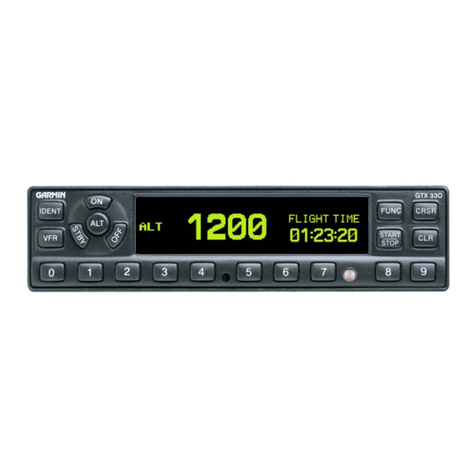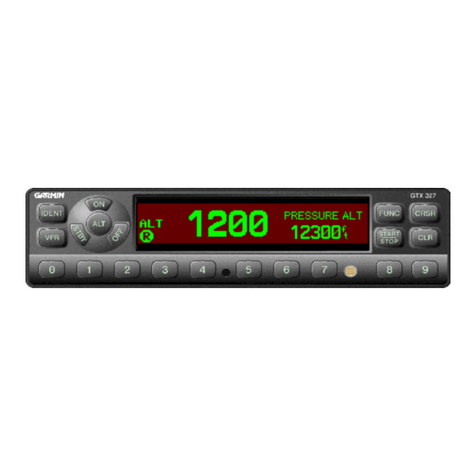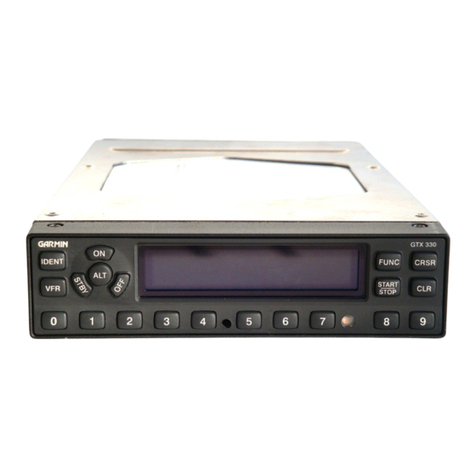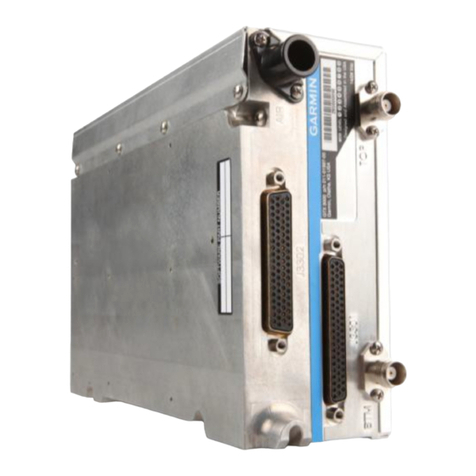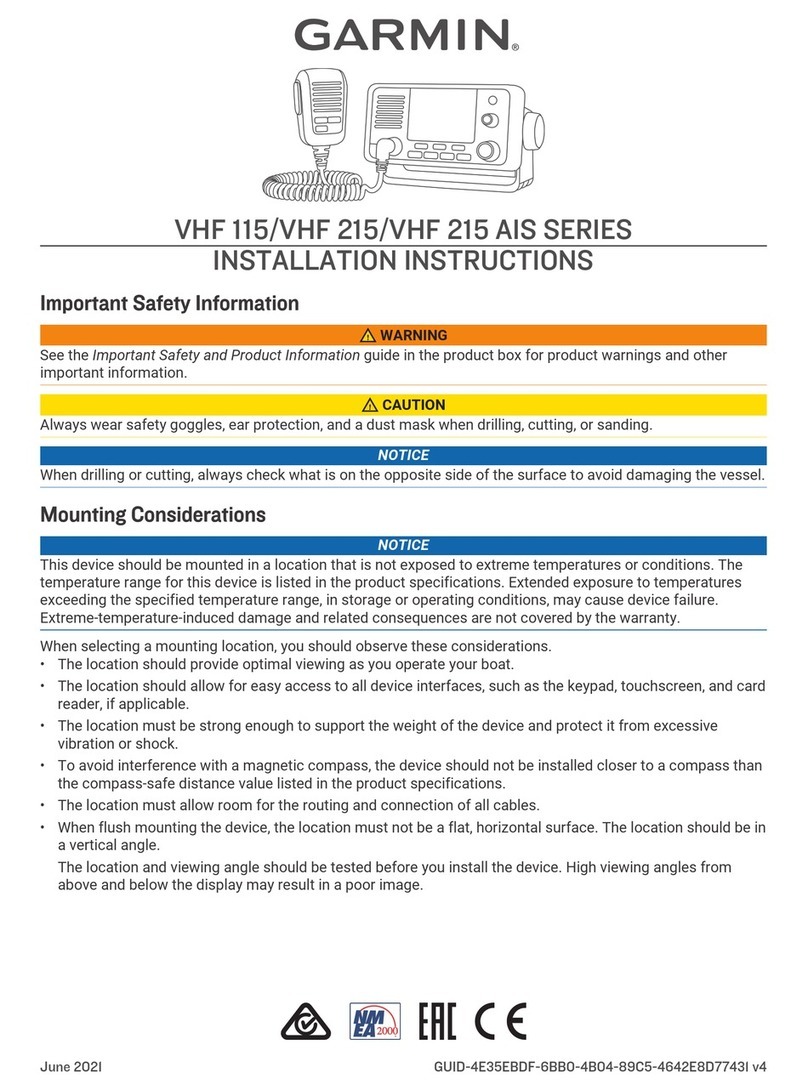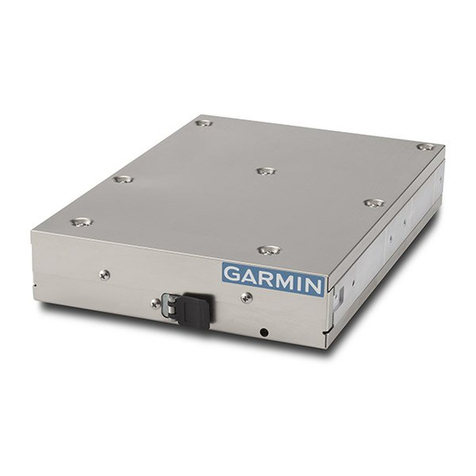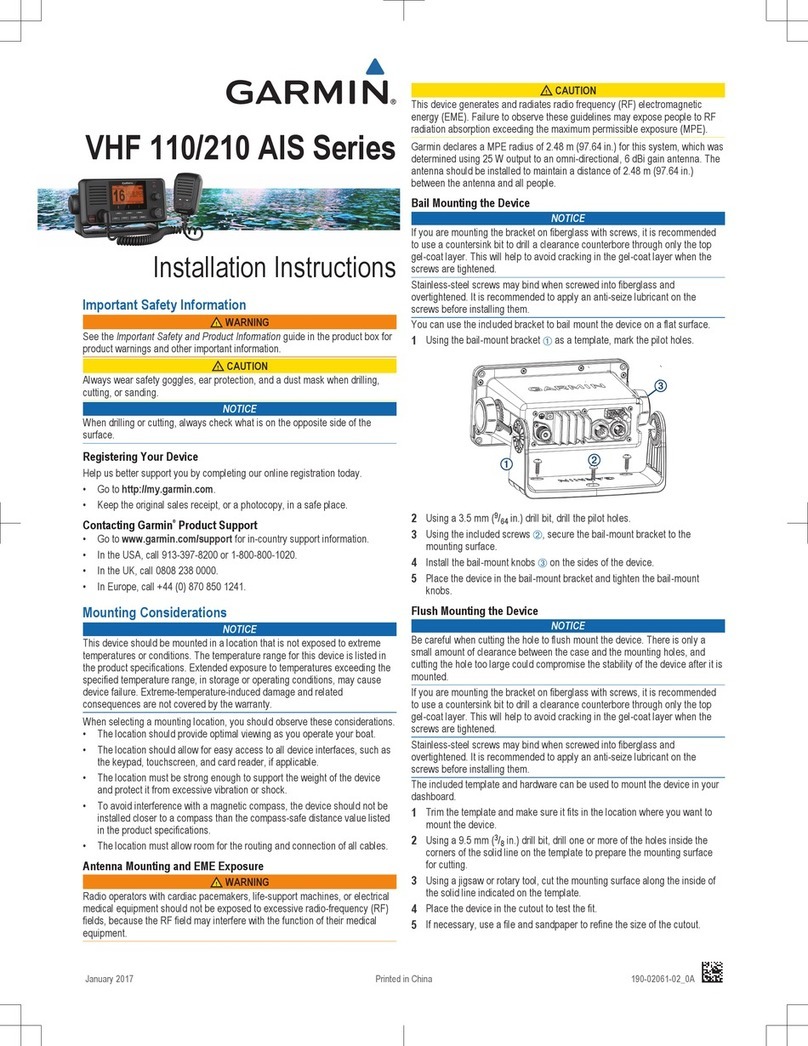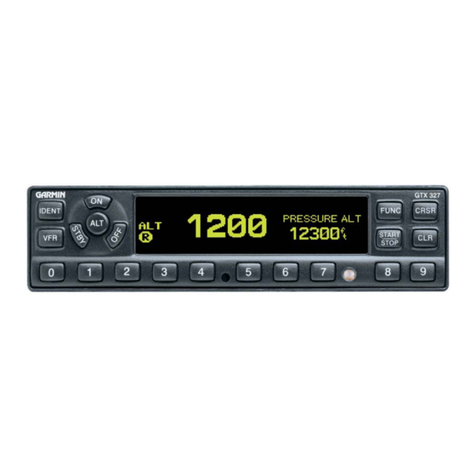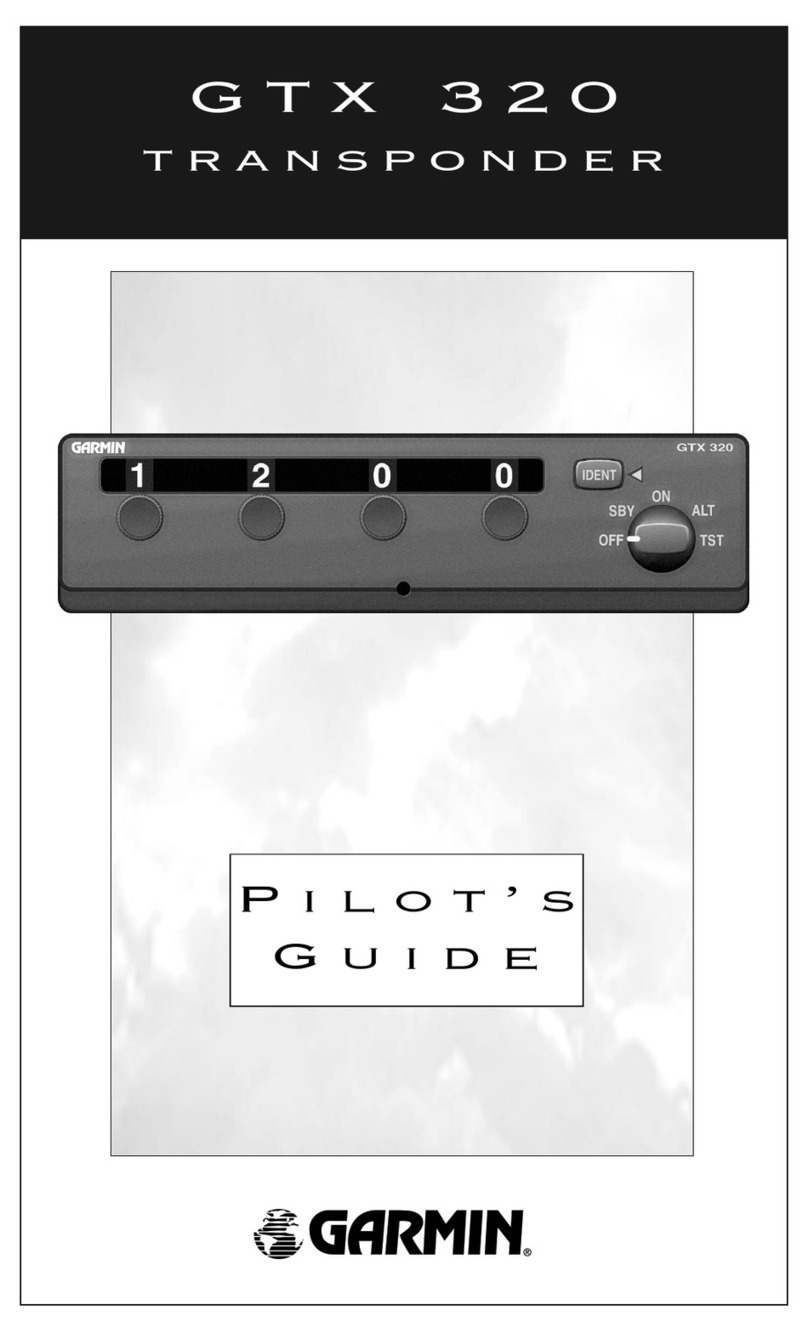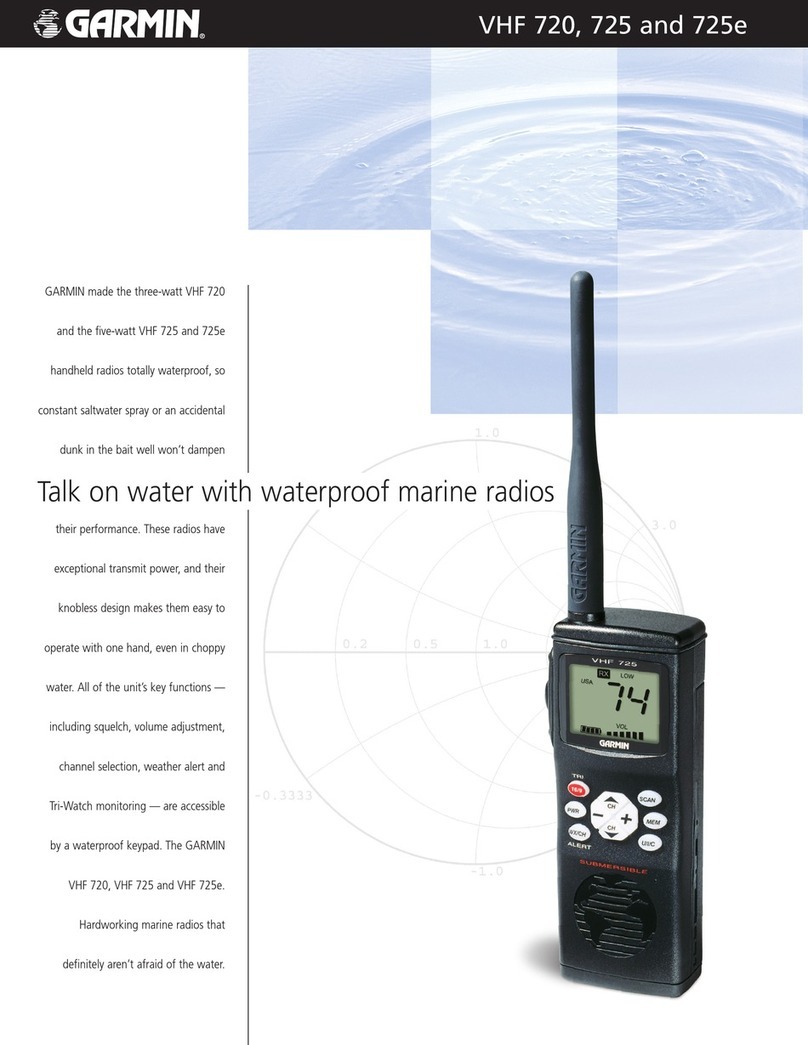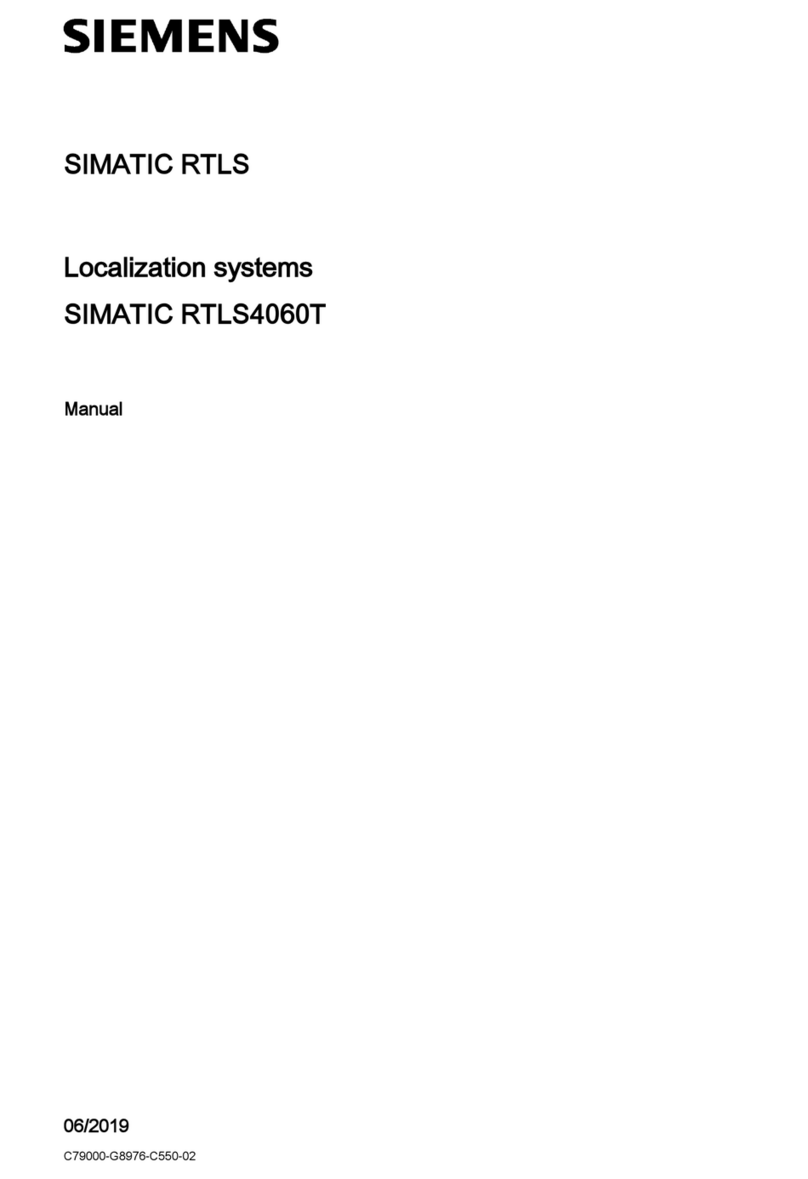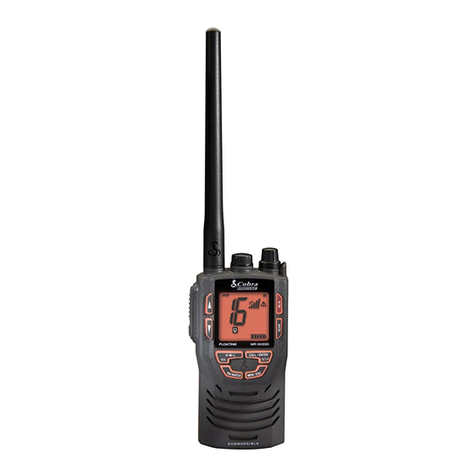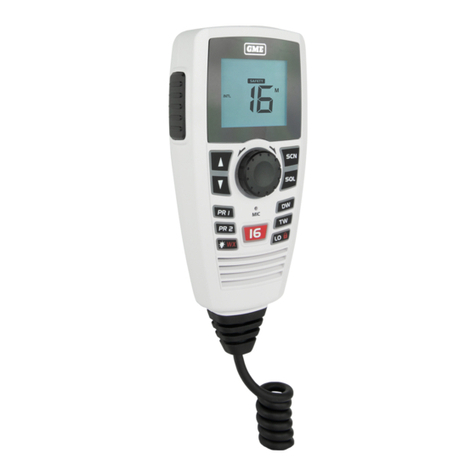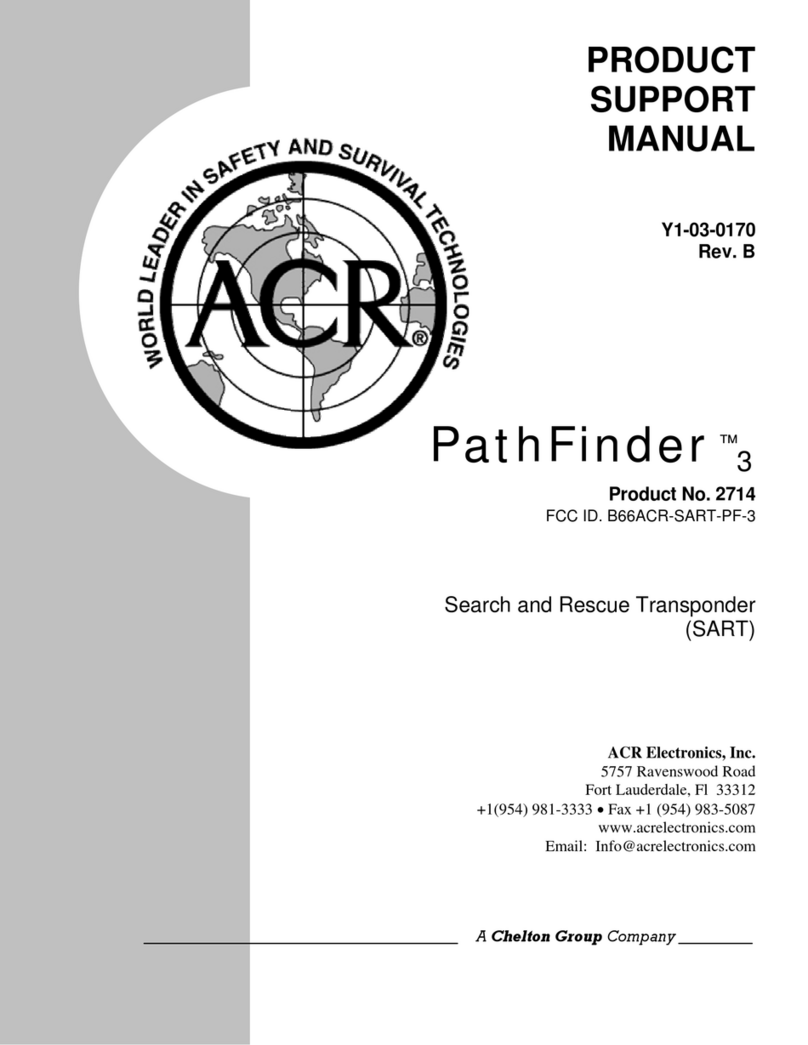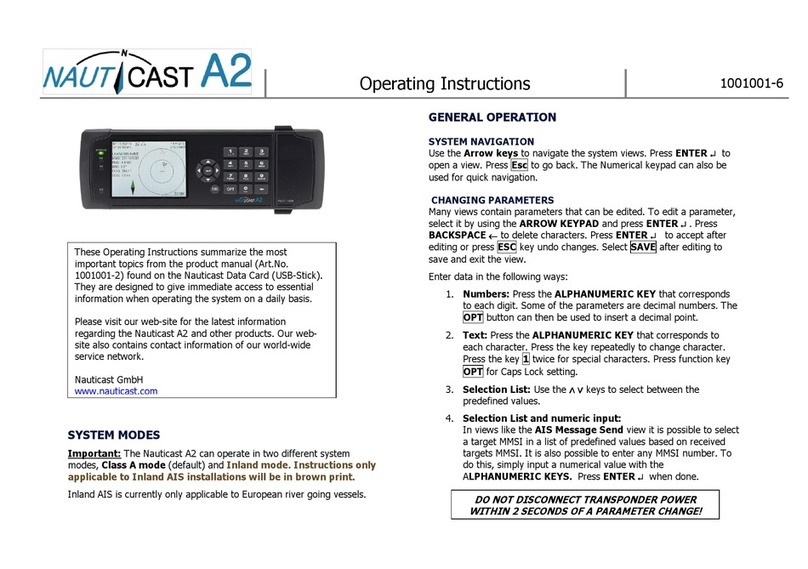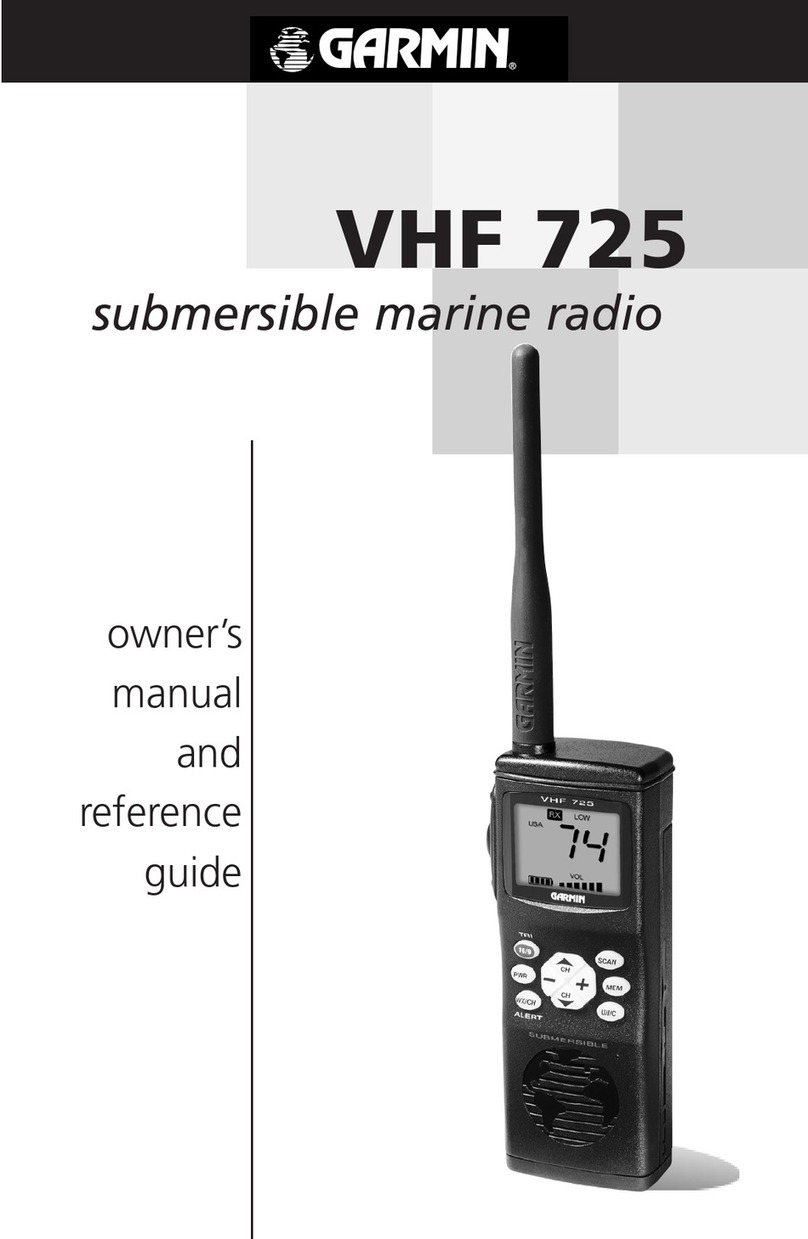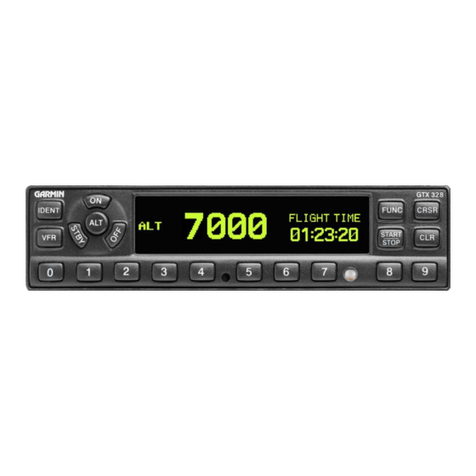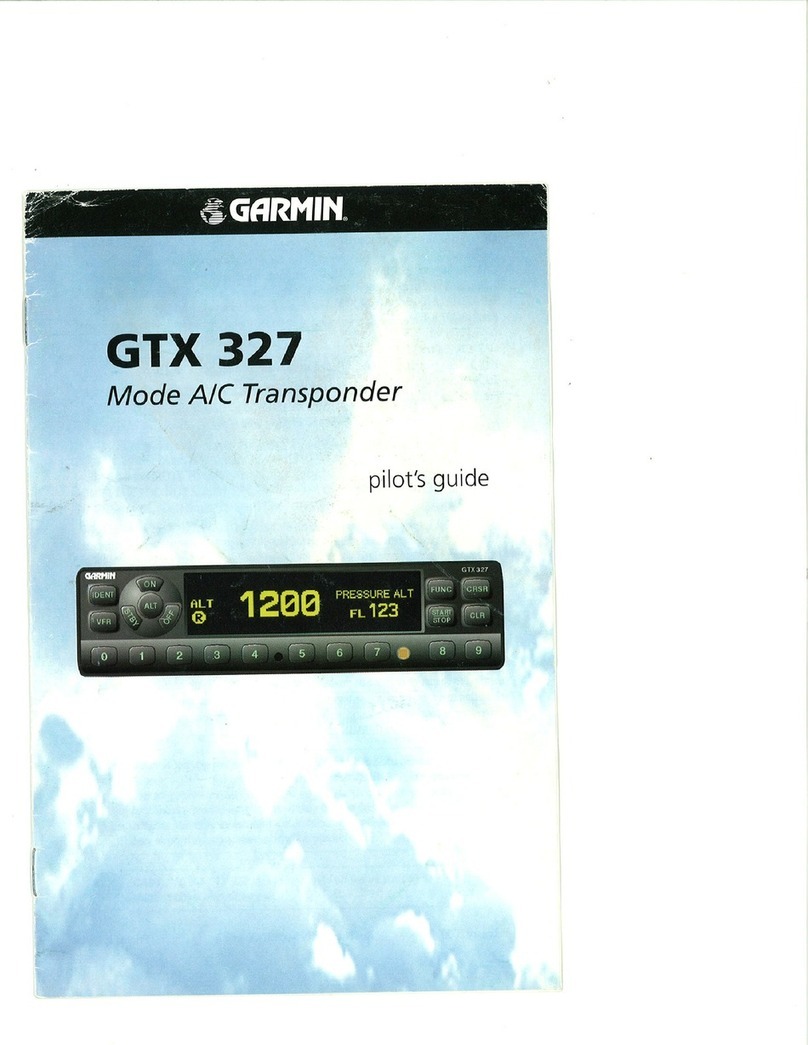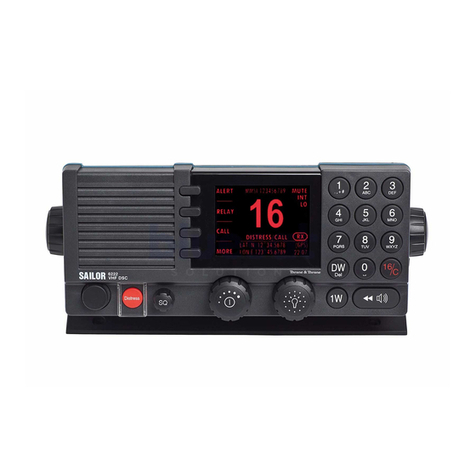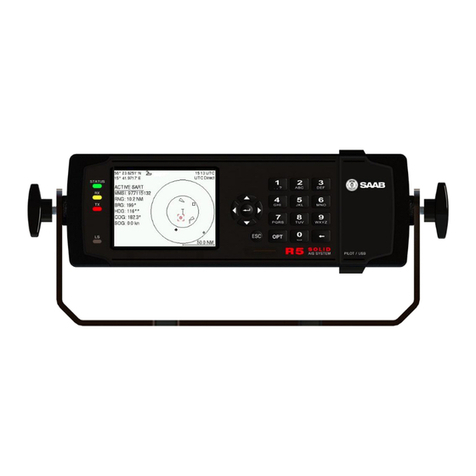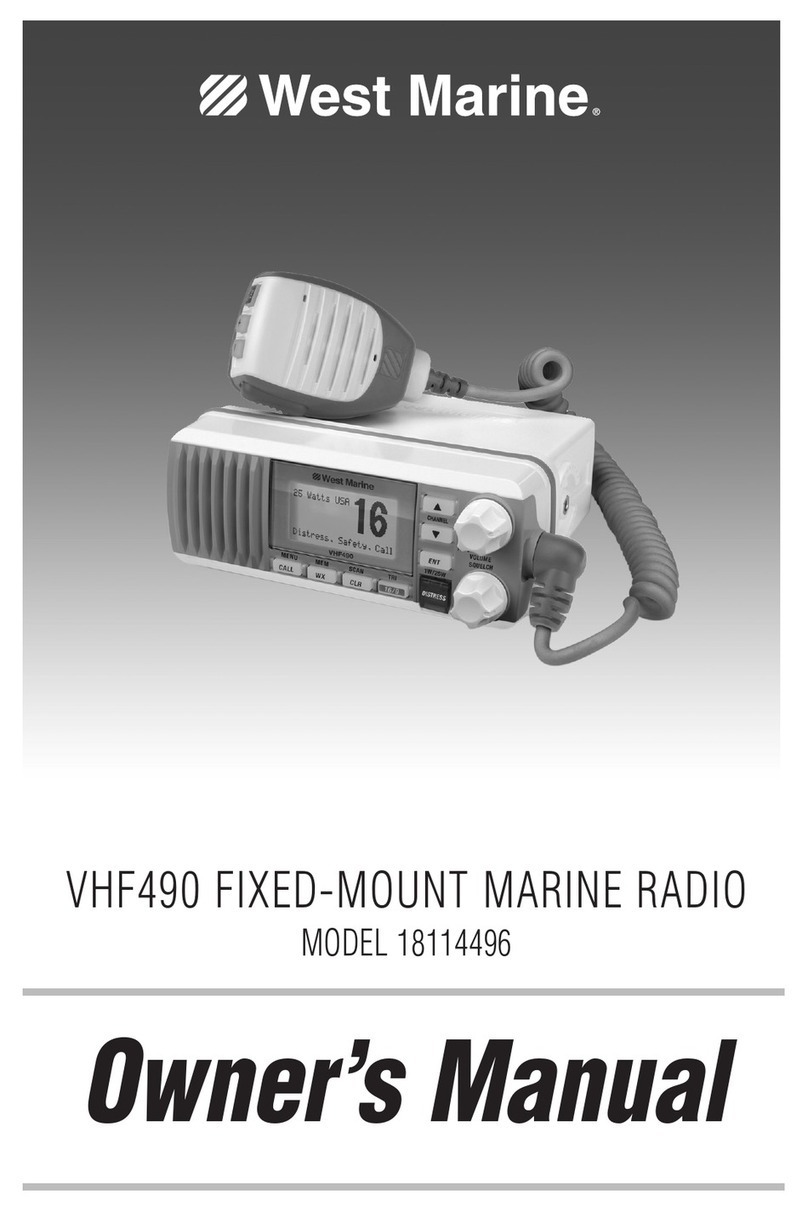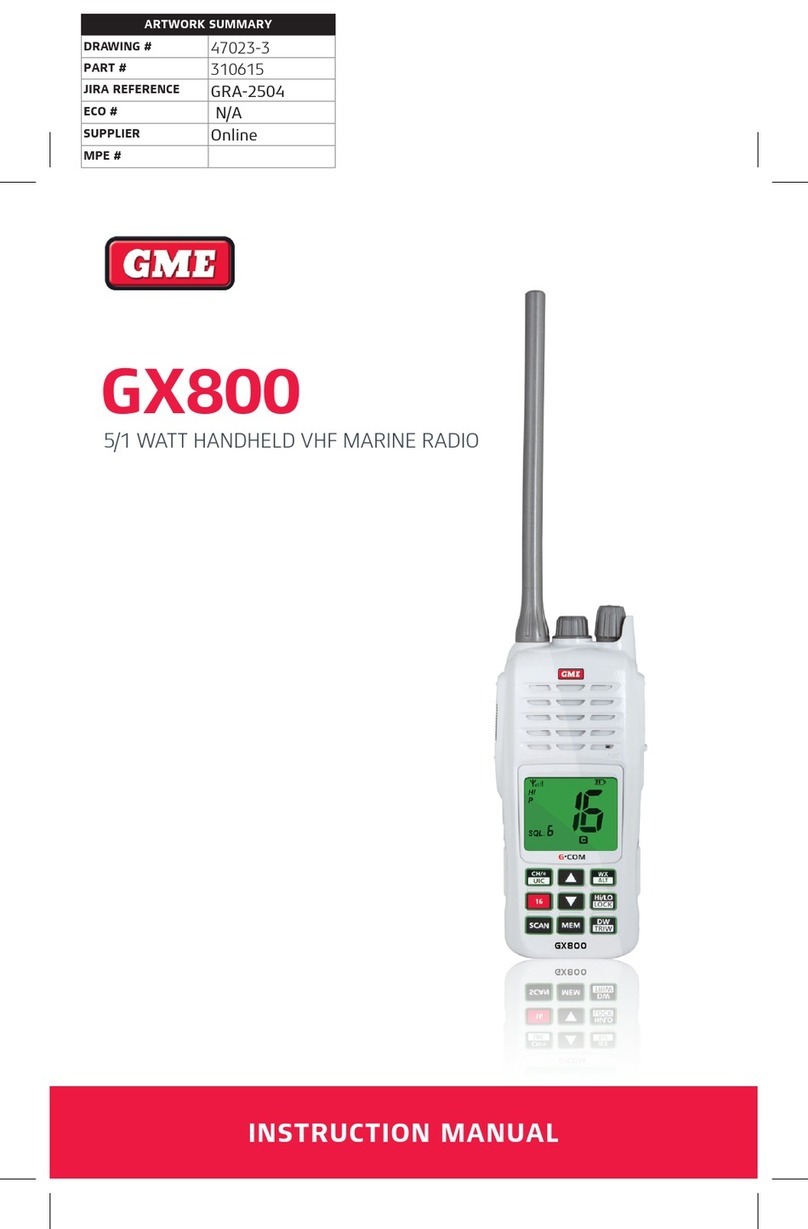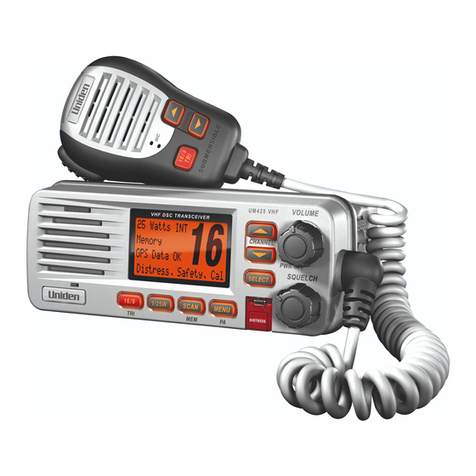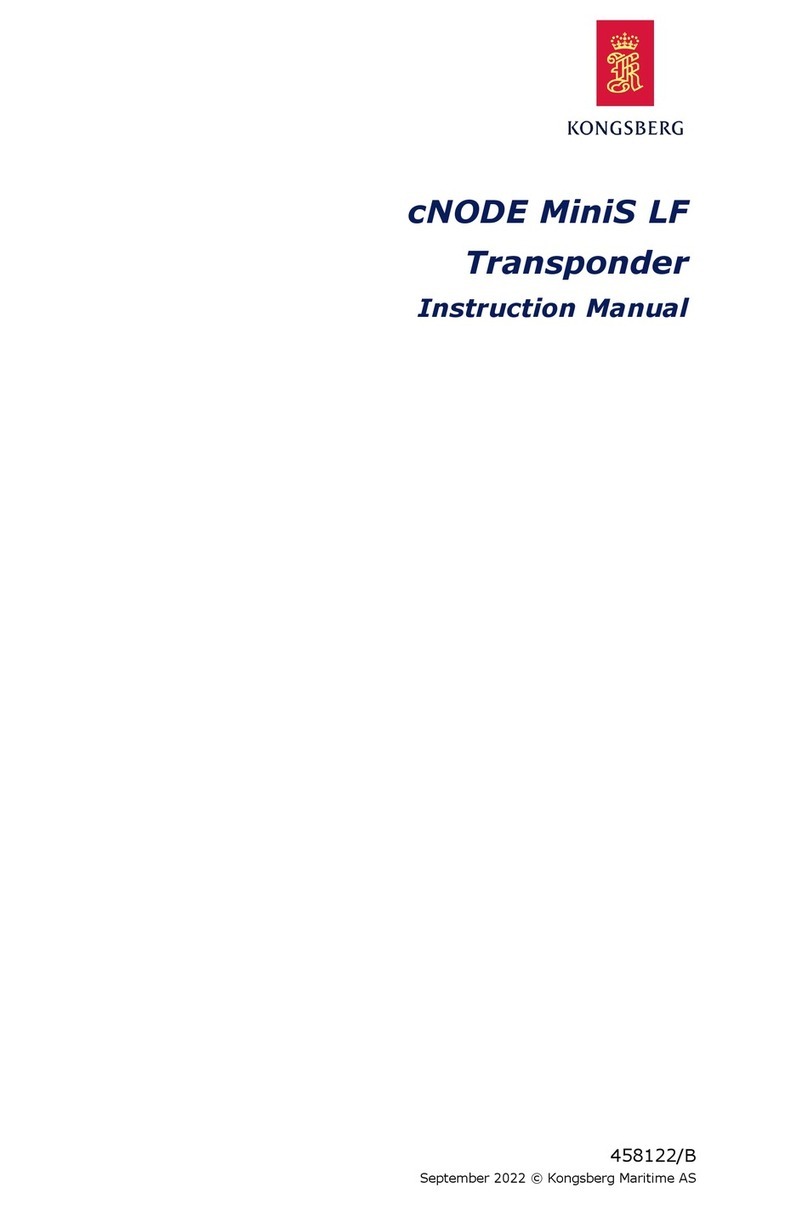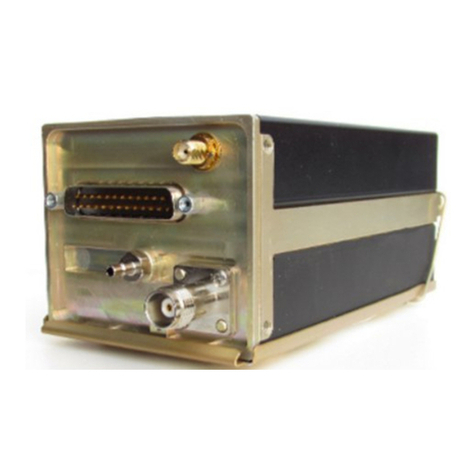
Page iv GTX 330 Installation Manual
Rev E 190-00207-02
PARAGRAPH PAGE
4. SYSTEM INTERCONNECTS ......................................................................................................... 4-1
4.1 PIN FUNCTION LIST...................................................................................................................... 4-1
4.1.1 J3301...................................................................................................................................... 4-1
4.2 POWER AND LIGHTING FUNCTION .......................................................................................... 4-3
4.2.1 Aircraft Power........................................................................................................................ 4-3
4.2.2 Lighting Bus .......................................................................................................................... 4-3
4.3 TEMPERATURE INPUTS............................................................................................................... 4-3
4.4 ALTITUDE FUNCTIONS................................................................................................................ 4-4
4.4.1 Altimeter Inputs ..................................................................................................................... 4-4
4.4.2 Altimeter Calibration and Checkout ...................................................................................... 4-4
4.4.3 Altimeter Interconnect, Dual GTX 330 Installation .............................................................. 4-5
4.4.4 Altimeter Selection Priority ................................................................................................... 4-5
4.5 DISCRETE FUNCTIONS ................................................................................................................ 4-6
4.5.1 Discrete Outputs..................................................................................................................... 4-6
4.5.2 Discrete Inputs ....................................................................................................................... 4-6
4.6 SERIAL DATA ELECTRICAL CHARACTERISTICS .................................................................. 4-7
4.6.1 RS-232 Input/Output.............................................................................................................. 4-7
4.6.2 RS-232 Input/Output, Software Update Connections............................................................ 4-8
4.6.3 Aircraft with Both TIS and TCAS/TCAD Installed ............................................................. 4-8
4.6.4 ARINC 429 Input/Output ...................................................................................................... 4-9
5. POST INSTALLATION CONFIGURATION AND CHECKOUT PROCEDURE ........................ 5-1
5.1 OPERATION .................................................................................................................................... 5-1
5.1.1 Function Selector Switches.................................................................................................... 5-1
5.1.2 Code Selection ....................................................................................................................... 5-3
5.1.3 Function Display.................................................................................................................... 5-4
5.2 CONFIGURATION PAGES ............................................................................................................ 5-5
5.2.1 Configuration Menu Page...................................................................................................... 5-6
5.2.2 AUDIO MODE Pages............................................................................................................ 5-7
5.2.3 TRAFFIC INFORMATION Page ........................................................................................ 5-7
5.2.4 DISPLAY MODE Page ......................................................................................................... 5-8
5.2.5 DISPLAY BACKLIGHT Page.............................................................................................. 5-8
5.2.6 KEY LIGHTING Page ..........................................................................................................5-9
5.2.7 CONTRAST CONFIGURATION Page.............................................................................. 5-11
5.2.8 ARINC 429 CONFIGURATION Pages .............................................................................. 5-11
5.2.9 RS-232 INPUT and OUTPUT Page .................................................................................... 5-13
5.2.10 OPERATION CONFIGURATION Pages........................................................................... 5-13
5.2.11 TEMPERATURE Page........................................................................................................ 5-14
5.2.12 MODE S Address Entry Pages ............................................................................................ 5-15

